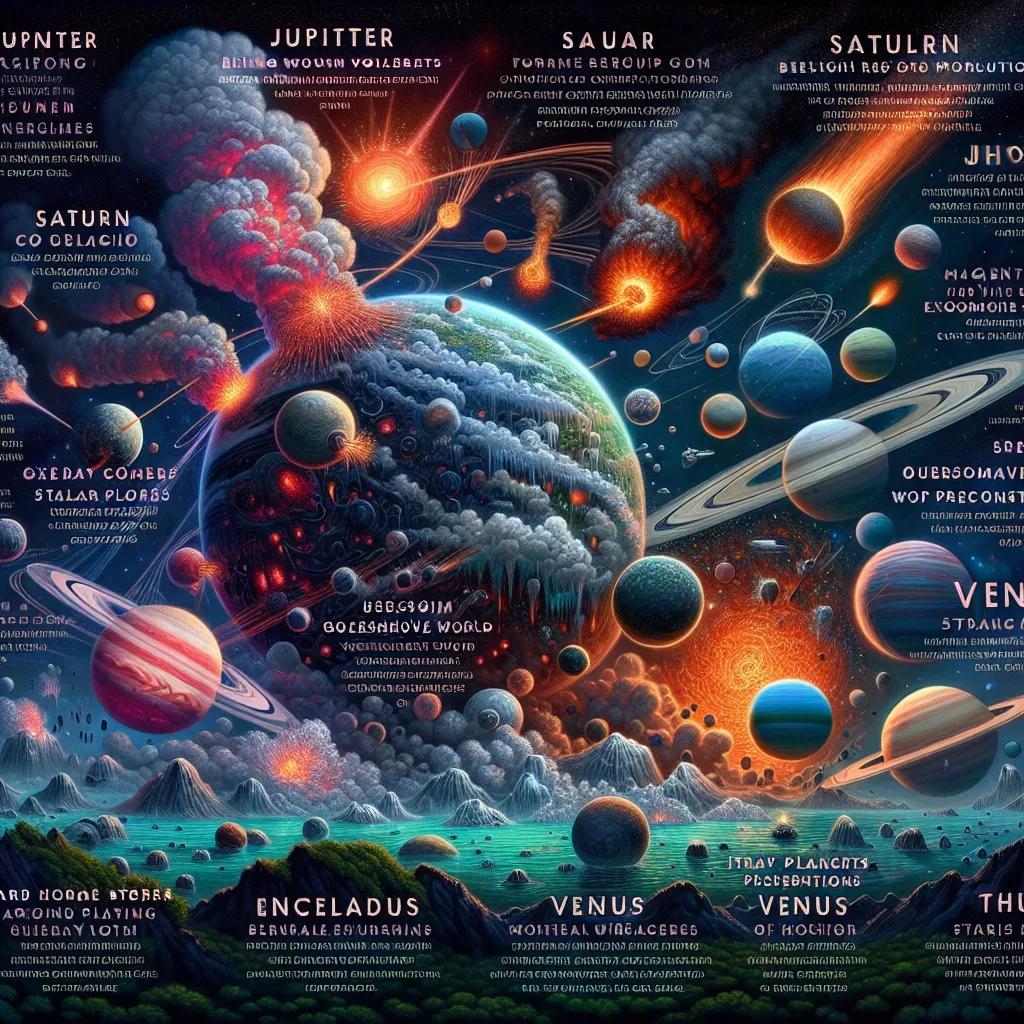During the Vietnam War, the Bell UH-1, known fondly as the Huey, became an indispensable tool for the American military. Its ability to combine power and versatility made it a game-changer in the air cavalry role. The Huey could transport troops swiftly with its large cabin accommodating 14 combat-ready soldiers who could enter and exit through sizable sliding doors on both sides.
With a base crew that varied from one to four individuals, the helicopter’s turboshaft engine allowed it to lift a payload of 1750 kilograms while reaching a top speed of 220 kilometers per hour. Over time, the Huey evolved from a simple troop carrier to a more heavily armed gunship, featuring forward-firing machine guns, rockets, and door guns to support ground troops.
One of the Huey’s most significant contributions was in medivac operations. It airlifted an estimated 90,000 injured soldiers, demonstrating its indispensable role in the war. However, the need for moving heavy weapons and equipment brought the Boeing CH-47 Chinook into the spotlight.
Introduced during the Vietnam War, the Chinook was designed for both cargo and troop transport. It could carry up to 55 combat troops or 24 medical litters. The Chinook quickly became vital in transporting artillery and heavy equipment, thanks to its two turbo-shaft engines and counter-rotating rotors. This setup offered incredible stability and the ability to lift nearly 12 tons, making the Chinook essential for deploying artillery and vehicles to challenging locations.
The Chinook’s tandem rotor design also allowed it to carry large loads externally with a triple hook system, maintaining stability in flight. This capability ensured that the Chinook could support frontline troops efficiently, and it remains a critical asset in modern warfare, now often working in tandem with the Blackhawk.
Enter the Blackhawk, the world’s most widely used military transport helicopter today. It took over where the Huey left off, addressing its vulnerabilities and limitations. The Blackhawk is powered by two engines, making it more resilient and capable of flying at a top speed of 294 kilometers per hour. Its superior ballistic protection reduces susceptibility to small arms fire.
Designed to carry 11 troops with equipment or 1,200 kilograms of cargo internally, the Blackhawk can lift even more using external slings, like a 105 millimeter Howitzer plus 30 rounds of ammunition and a four-man crew. Its armament includes machine guns and Hellfire missiles, making it versatile for both offensive and defensive operations.
The Blackhawk also features enhanced stealth capabilities, crucial for evading infrared surveillance and preventing attacks. As warfare continues to evolve, so do these helicopters, embodying a blend of speed, range, and lifting power that continually inspire new aviation innovations.






